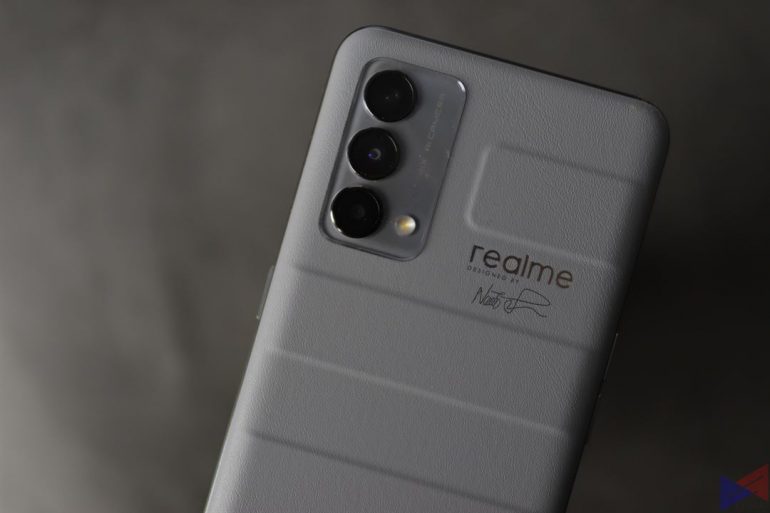realme is set to launch its newest mid-range flagship in the Philippines, and they call it the realme GT Master Edition. If you’ll remember, this is one of several devices in their GT lineup. There’s the realme GT, which is their high-end flagship, the realme GT Master Explorer Edition, which is slightly below the GT, at least on paper, and then the realme GT Master Edition, an upper mid-range phone.
Specifications
| Display | 6.43″ 120Hz Samsung AMOLED Display, 360Hz Touch Sampling Rate |
| Processor | Qualcomm Snapdragon 778G 5G |
| RAM | 8GB + 5GB DRE (Dynamic RAM Expansion) |
| Storage | 128GB/256GB |
| Rear Camera | 64MP Main |
| 8MP Ultra-Wide | |
| 2MP Macro | |
| Front Camera | 32MP |
| OS | realme UI 2.0 |
| Battery | 4,300mAh, 65W SuperDart Fast-Charging |
What’s in the box?
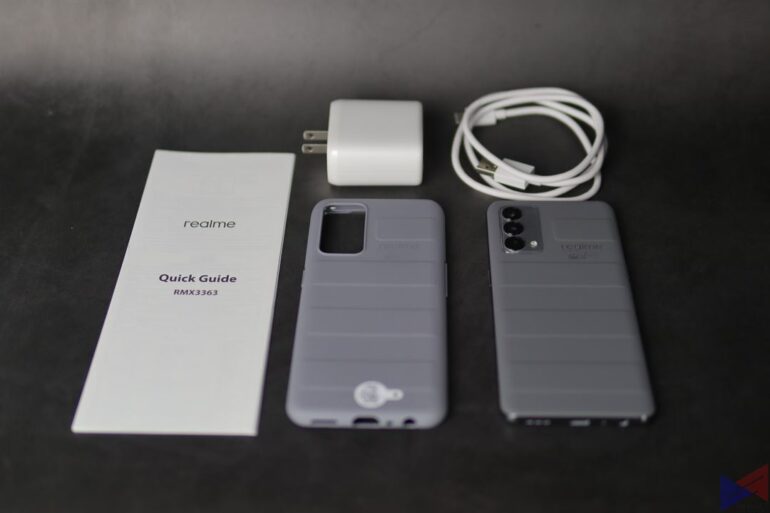
Design and Build Quality
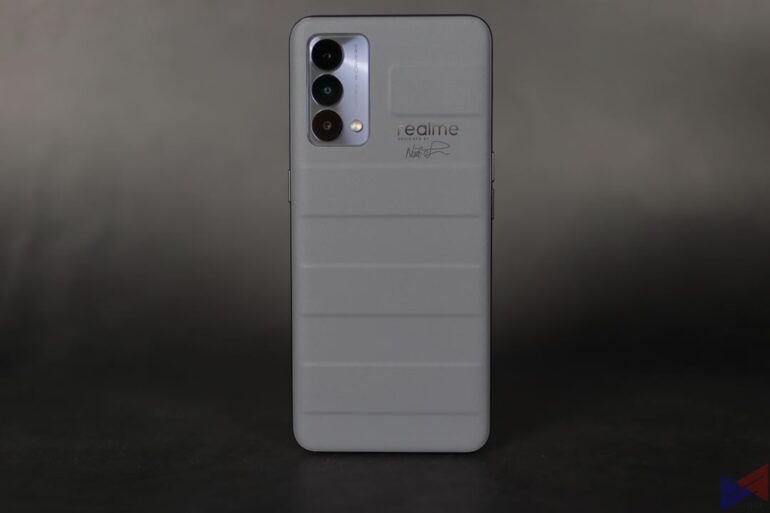
I’m sure you’ve seen our teaser for this phone, and a lot of people would be able to tell the phone’s resemblance to a suitcase. The idea comes from Naoto Fukasawa, an Industrial Engineer who has worked with brands like MUJI, Alessi, Herman Miller, and a lot more. If you’ll remember, he was also the one behind the design of the realme X Master Edition.
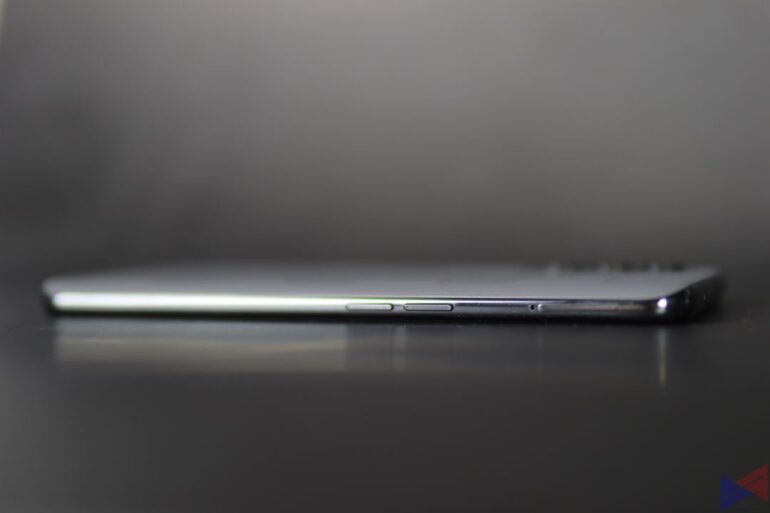
The suitcase-inspired look may not be everyone’s cup of tea, but it does a good job of preventing fingerprints and smudges. This Voyager Grey color also gives off that formal and industrial vibe.

While many brands have completely ditched the headphone jack, realme has opted to keep it for this phone, along with a USB-C port, microphone, and speaker grille at the bottom.
Display
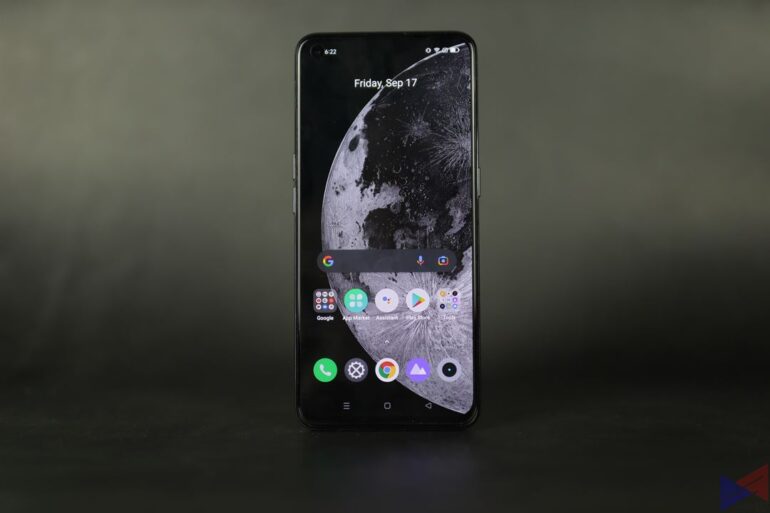
The phone has a 6.43-inch Super AMOLED display that makes watching content a visual treat. Add 120Hz refresh rate and 360Hz touch sampling rate to the mix, and you get smooth and fluid animations that greatly enhances the user experience. It’s also boasts 1,000nits of peak brightness, an in-display fingerprint scanner, which works fast, and widevine L1 certification, so you can enjoy your favorite Netflix content at HD quality.
Performance
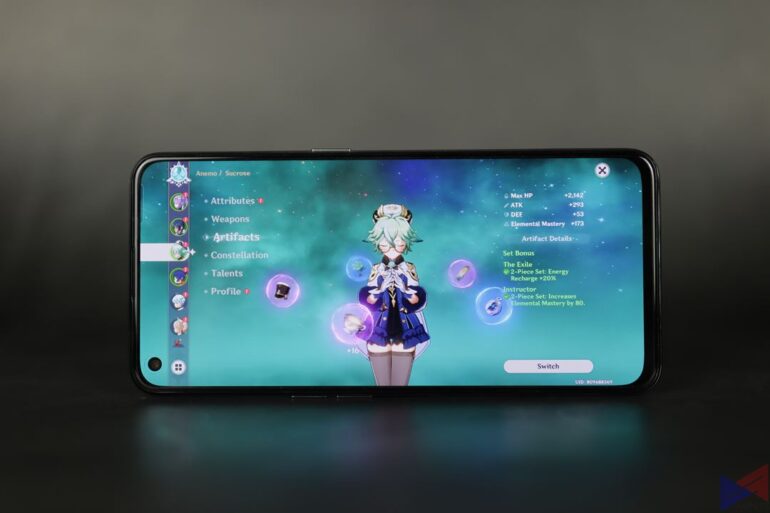
In terms of hardware, the realme GT Master Edition packs a Qualcomm Snapdragon 778G 5G processor, 8GB of RAM, and up to 256GB of storage. It also features Dynamic RAM Expansion Technology which means it can tap into its internal storage for up to 5GB more RAM to boost performance when needed.
While I’m not allowed to show you any benchmarks just yet, I can at least tell you that the gaming experience on this phone is more than satisfactory. So far, I’ve tested it with Genshin Impact, which runs well even when using the highest preset plus 60fps setting, and Real Racing 3 which also runs very smooth.
Camera
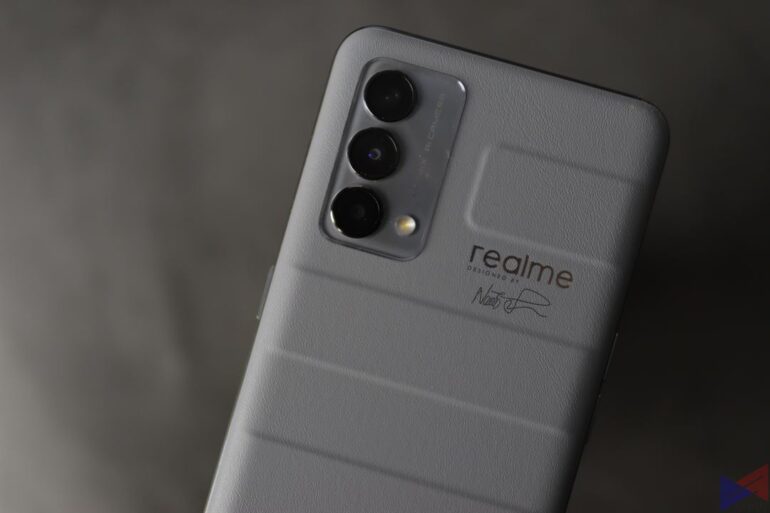
At the back of the phone are three cameras – a 64MP main, 8MP ultrawide, and a 2MP Macro lens. That makes it well, adaptive, and flexible enough for most shooting situations. Overall, our sample shots showed plenty of detail, texture, and good exposure. Here’s a few of them.
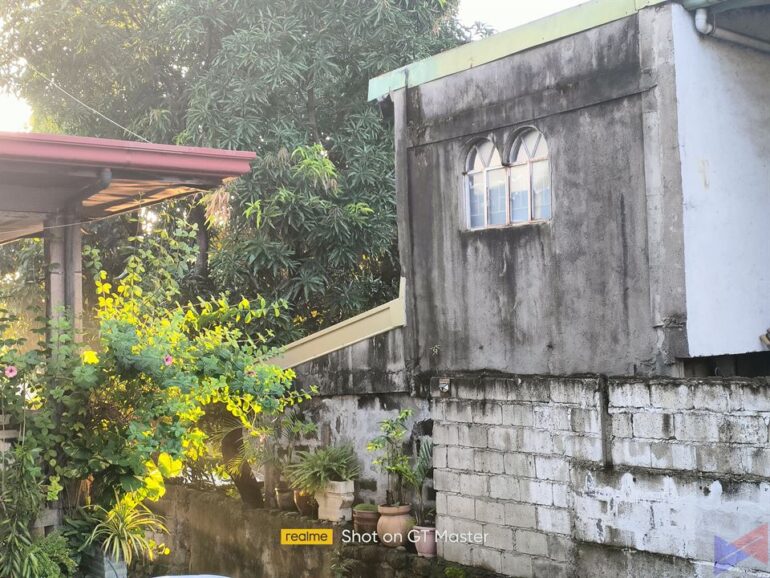
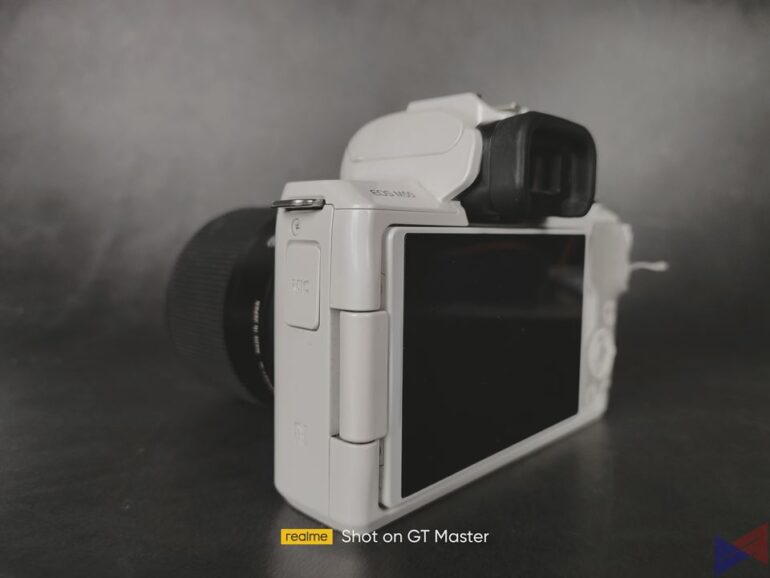
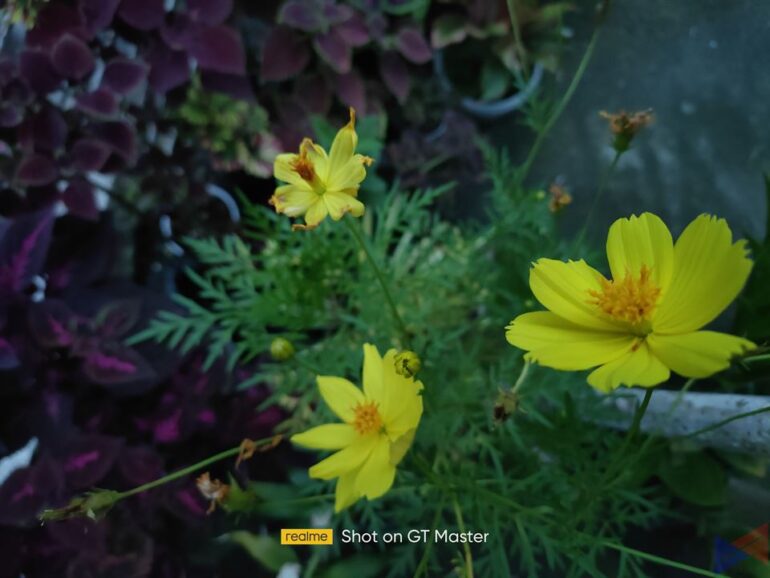
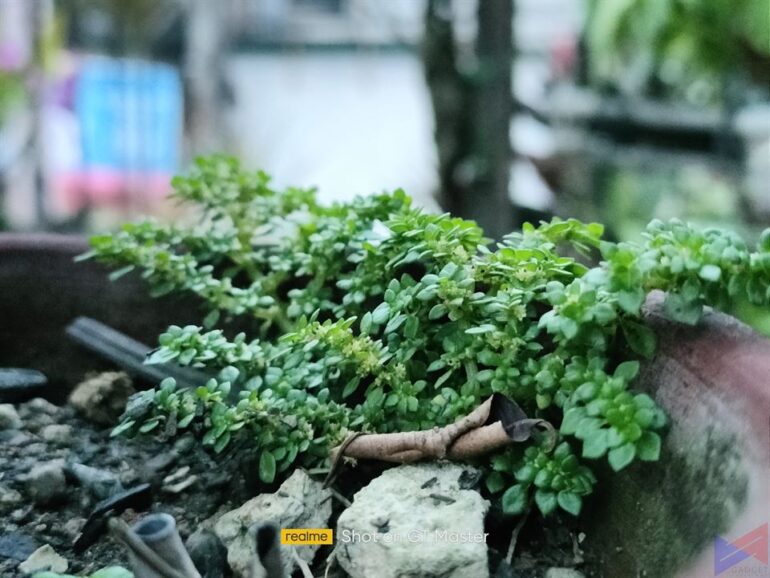
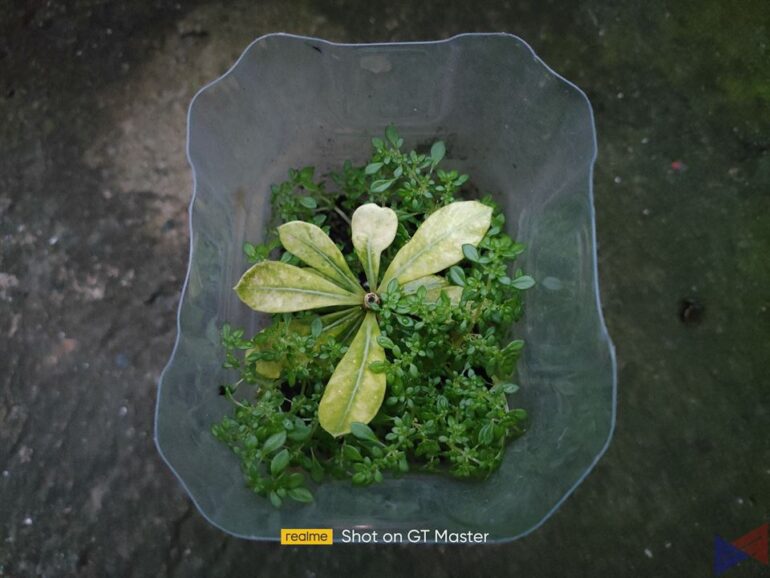
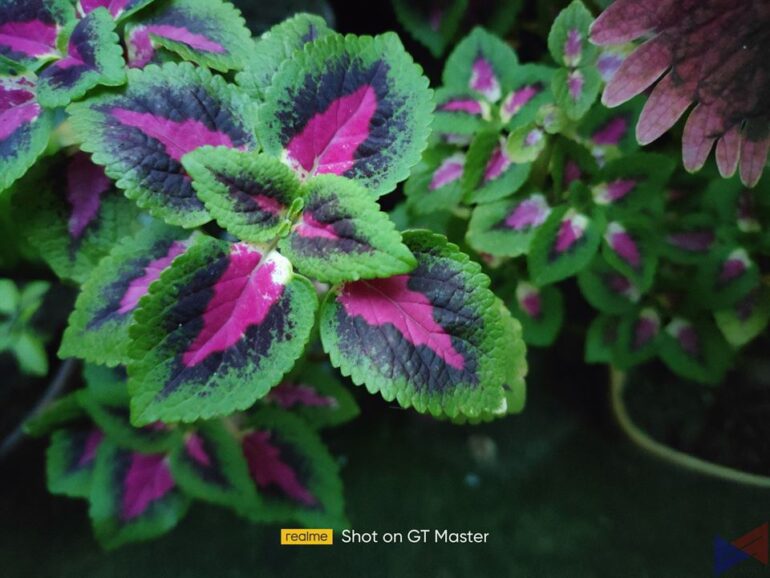
The device can also capture up to 4K 30fps videos. There’s also UIS and UIS Max video stabilization though you’re limited to 1080p.
Software
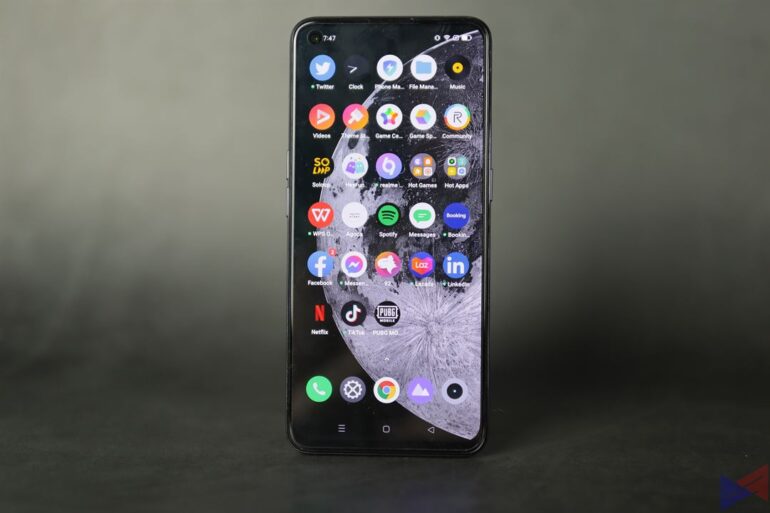
The phone runs realme Android 11 with realme UI 2.0 on top. While UI performance was smooth and snappy, there’s still a lot of pre-installed apps that I wish were optional. It also gives the user a lot of room to personalize the phone apart from the usual wallpapers and dark mode.
Features that I’ve always loved on realme’s UI are still here – particularly, the Smart Sidebar for quick access to apps and other actions, and the game assistant, which lets you set the touch sensitivity, performance modes, disable alerts, and more.
Battery
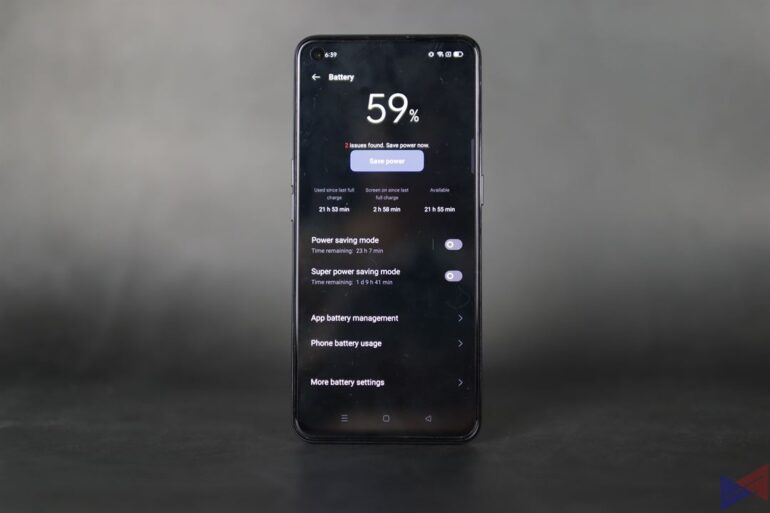
Realme GT Master Edition houses a 4,300mAh battery, which seems a bit underwhelming for a 2021 device, but it does make up for it with 65W SuperDart Fast-Charging via a USB-C port.
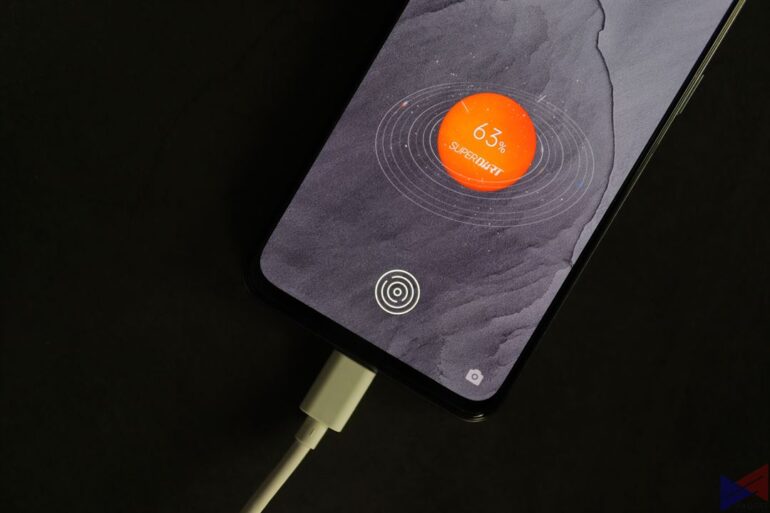
They claim that it can charge the battery to full in less than 40 minutes.
realme is yet to disclose the local pricing for the realme GT Master Edition, which is set to officially make its local debut on September 24, 6PM via a livestream at realme Philippines’ official Facebook Page.
Emman has been writing technical and feature articles since 2010. Prior to this, he became one of the instructors at Asia Pacific College in 2008, and eventually landed a job as Business Analyst and Technical Writer at Integrated Open Source Solutions for almost 3 years.

